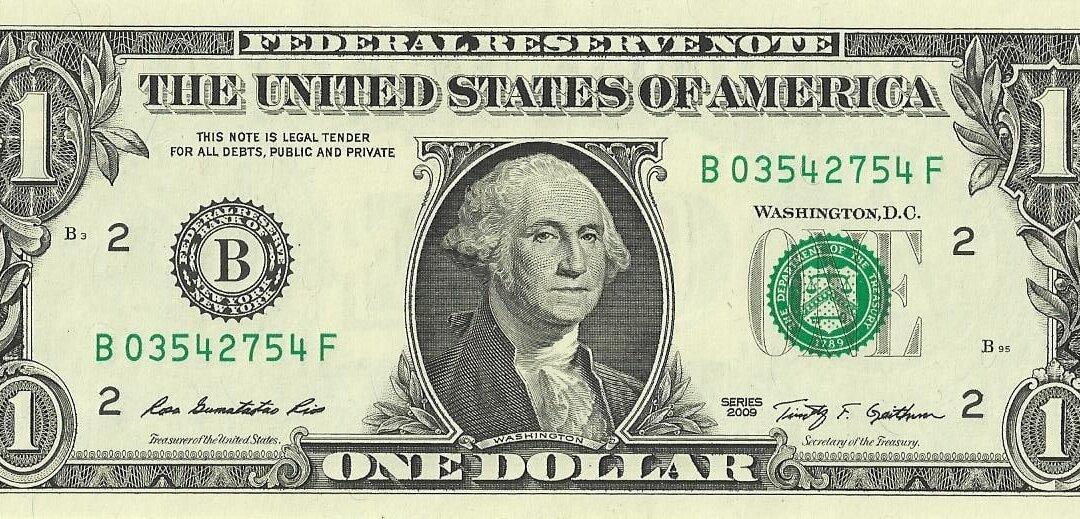For decades, families have played the board game Monopoly during holiday get-togethers. Perhaps it’s not just a game but a lesson in economics that teaches how our financial system works. And does gold play into this system as related to paper currency?
The gold standard has stabilized economies since ancient times when people used the precious metal to trade for items. Later, countries used gold and silver coins to pay for goods. As civilizations developed, printed currency was backed by a combination of gold and silver held in a country’s treasury.






